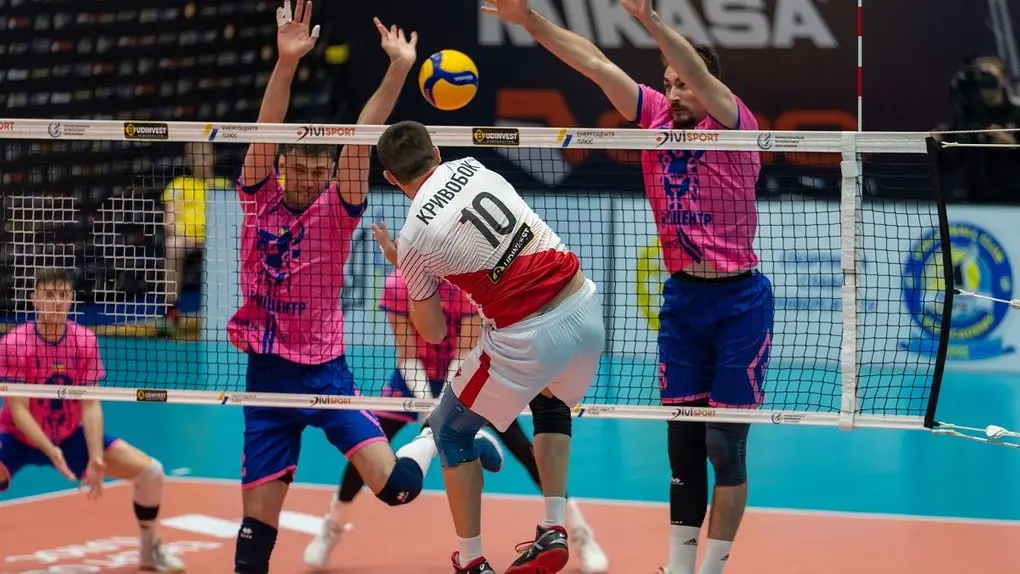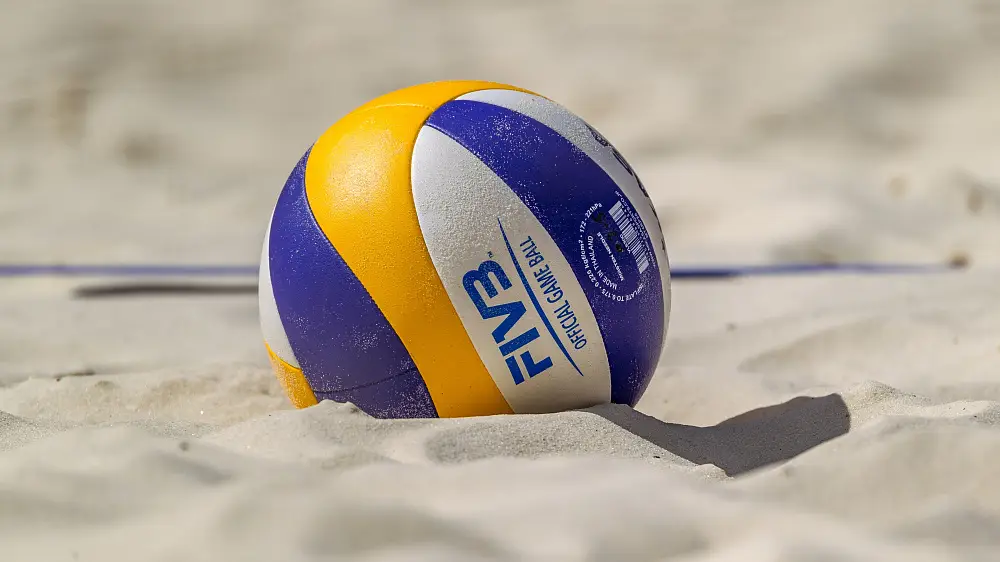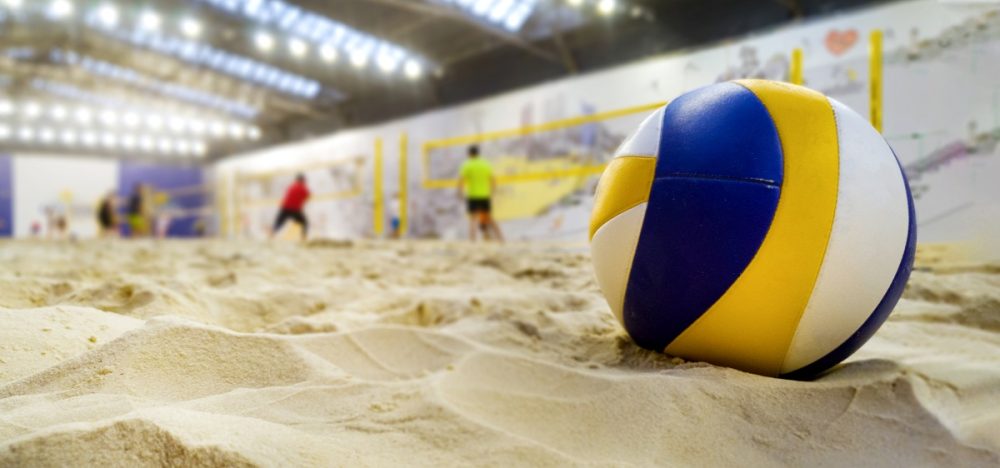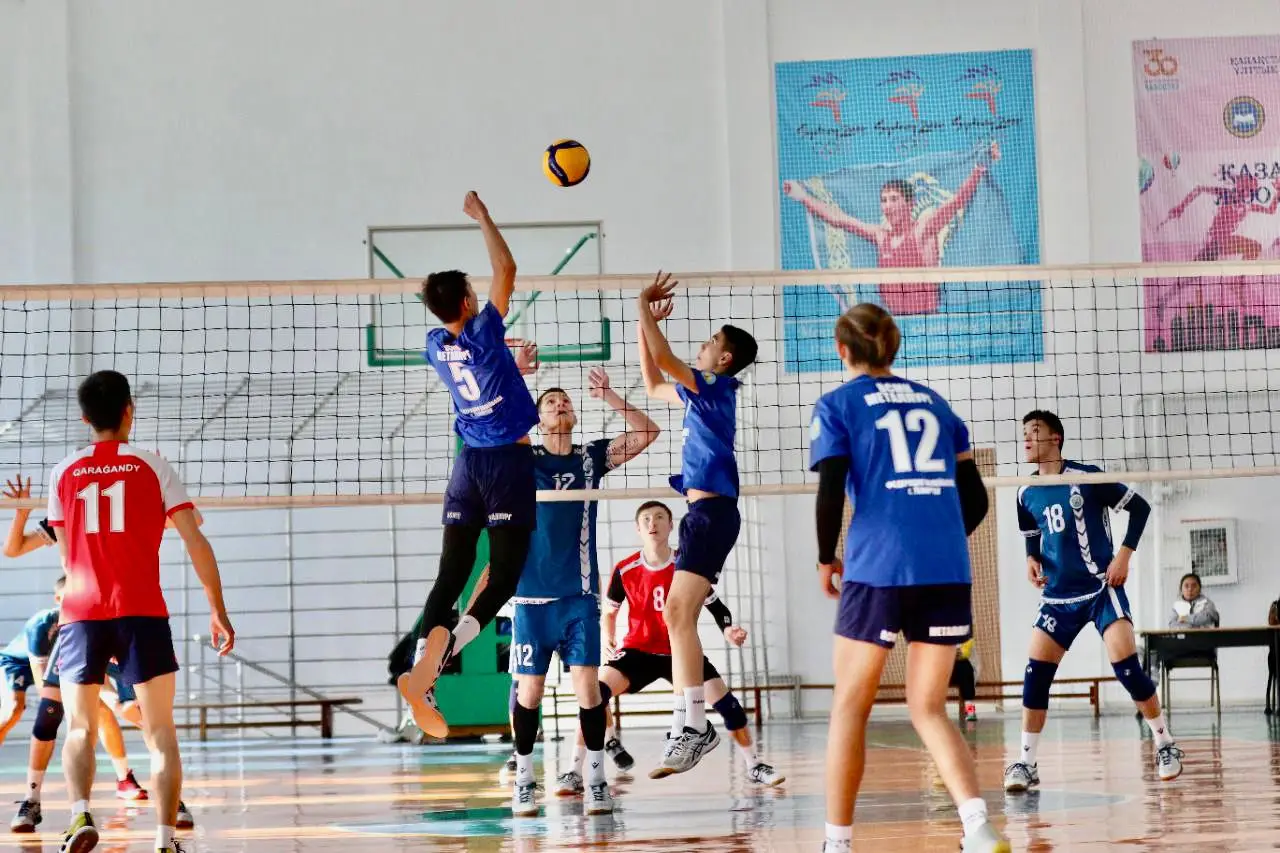The difference between regular volleyball and beach volleyball is a question that goes far beyond sand and parquet flooring. These disciplines developed from the same roots, but evolved in different directions, reflecting the characteristics of the environment, the rhythm of interactions and the specifics of game solutions. The difference is not limited to the number of players or the surface material. Every detail – from the height of the pass to the behaviour of the ball in the air – influences the tactics, physical exertion and psychology of the game.
What is the difference between regular volleyball and beach volleyball: playing field and surface
What is the difference between regular volleyball and beach volleyball in terms of the playing field – especially in terms of size, environment and surface texture? The classic format playing field measures 18 x 9 metres, has a hard surface and zone markings. The game takes place in an enclosed space with uniform lighting and controlled conditions.
Beach volleyball differs from regular volleyball in that it requires less space – 16 x 8 metres, no zone lines and a sand surface. The surface increases resistance, reduces movement speed and requires more endurance. Every jump becomes an effort, every movement an act of stabilisation. In beach volleyball, manoeuvring options are limited, but improvisation is encouraged.
Team composition and roles: different demands on players
 The difference between regular volleyball and beach volleyball in terms of team structure is evident in the number of players. In the hall: 6 on the court, plus 6 as substitutes. Each athlete fulfils a specific function: setter, diagonal player, outside hitter, libero, middle blocker.
The difference between regular volleyball and beach volleyball in terms of team structure is evident in the number of players. In the hall: 6 on the court, plus 6 as substitutes. Each athlete fulfils a specific function: setter, diagonal player, outside hitter, libero, middle blocker.

The differences between beach volleyball and classic volleyball lie in versatility. On the sand, there are two players who each perform the entire cycle: reception, pass, attack, block, defence. The absence of a substitute increases the workload and requires a balance between offensive and defensive qualities. One is not a passer, but both a setter and an executor. The role becomes a convention.
What is the difference in rules between regular volleyball and beach volleyball?
In classic games, the match continues until three out of five games are won. Each game is played to 25 points (with a two-point lead). The fifth is a tie-break to 15. In the beach version – up to two wins in three games, with similar scoring logic, but fewer ties.
The differences also apply to the change of sides. In the hall – after the game. On the sand – every 7 points (or 5 in the decisive game) to compensate for the conditions: wind, sun, slope of the field. The scoring remains balanced, but the rhythm is completely different. In the hall, long rallies are more common, while on the beach there are a greater number of shortened rallies with quick final attacks.
The ball and game physics: weight, pressure, control, flight behaviour
The difference between regular volleyball and beach volleyball in terms of equipment characteristics is one of the most important technical aspects that directly affects playing style, movement mechanics and the way players interact with the ball. The classic ball is designed for a stable flight path indoors. Its weight varies between 260–280 grams, and its diameter is approximately 65–67 cm. The surface is smooth, with minimal seams, dense and elastic. The internal pressure reaches 0.30–0.325 kgf/cm². This design provides high flight speed, predictable bounce and a clear response to powerful hits. It penetrates the air more easily, withstands aggressive techniques better and accelerates the pace of the game.
A water polo ball, on the other hand, is designed for outdoor use and can be adapted to wind, sun and the unpredictability of landing in sand. It has a larger diameter (up to 68 cm), a lower weight (approx. 260 grams) and a softer shell structure. The internal pressure is 0.175–0.225 kgf/cm². This configuration reduces contact stiffness, making the ball less ‘sharp’ in flight but more sensitive to wind direction. This forces players to be more subtle and controlled rather than forceful.
The flight of the water polo ball becomes slower and more arched, requiring a different throwing and attacking geometry. A long throw is not an advantage – too strong a hit can cause the ball to go out of bounds easily. The decrease in density requires increased concentration when receiving. When jumping on sand, you cannot reach the same height, which means that the attack is often executed from a central point without additional space to swing.
Game and technique: techniques, serves, attacks, movement variability
What is the difference between normal volleyball and beach volleyball in terms of playing technique – in the variety of combinations, the involvement of the team in the rally phases and the type of attack decisions. In the hall, the equipment is distributed according to roles. The players are specialised: the libero in receiving, the setter in passing, the attacker in finishing. Defensive actions are performed by two or three players at the same time. The attack is prepared in two or three touches, often starting with a power serve, continuing with a reception, a pass and ending with an attack from the front or back line. The net height (2.43 m for men and 2.24 m for women) allows for complex combinations with ‘feints’, shots towards the blocker and feints by deceiving body movements. A wide variety of serves are used, from power serves to so-called ‘gliders’, which move unpredictably.
Beach volleyball differs from normal volleyball in that every athlete must perform all technical actions. The reception is the responsibility of both players. The serve is often strategic and aims at a weak point rather than being powerful. Shots are not executed to exert power, but to give instructions. The jump is performed with a smaller amplitude, taking into account the resistance of the sand. The turning speed on sand is reduced, which means that the attacker has less time to change their mind during the flight.

An attack hit in classic volleyball is usually straight, powerful and through a double or triple block. In the beach version, it is deceptive, shortened, performed in slow motion, in open areas. The discount is the most important tool for carrying out the attack. Often, the ball is not directed downwards, but in an arc to the corners or to the edge of the zone. These technical differences give the game a different visual appearance.
Tactics and movement: defence, team structure, substitutions and rotation
The difference between regular volleyball and beach volleyball in terms of tactical organisation lies not in the number of patterns, but in the nature of strategy development. In the classic version, there is a rotation. After each change of the serving team, the players move clockwise and change their positions. Rotation creates a balance between the zones, allowing players to switch between offensive and defensive roles. Positions are clearly defined and areas of responsibility are strictly defined. The coaching staff has the option of making up to six substitutions per set, using temporary substitutions as replacement players and making ‘tactical changes’ to strengthen the defence or attack.
There is no rotation in beach volleyball. Each athlete remains in their position throughout the game. One is responsible for the area closer to the net, the second for the depth of the court. Substitutions are not allowed. Fatigue sets in, decisions are made at lightning speed, and the coverage area is 64 m² for two players. In this case, a ‘zone overlap system’ is used: one blocks, the second insures. If coordination is lost, the mistake leads to a point loss with no possibility of insurance.
Tactical thinking on the sand is less formal, but requires a higher level of concentration and the ability to adapt instantly. This makes playing on the beach more individual and unpredictable.
One essence – different forms
 The difference between regular volleyball and beach volleyball lies in the details, not the idea. Both formats are based on precision, rhythm, partnership and quick decision-making. The differences determine the form, conditions and load, but the essence of the game remains the same – the balance between attack and defence. Indoor volleyball requires strategy and combinations, while on the sand intuition and reaction are required. In each variant, the player develops a unique style that reflects the environment, physics and tactics.
The difference between regular volleyball and beach volleyball lies in the details, not the idea. Both formats are based on precision, rhythm, partnership and quick decision-making. The differences determine the form, conditions and load, but the essence of the game remains the same – the balance between attack and defence. Indoor volleyball requires strategy and combinations, while on the sand intuition and reaction are required. In each variant, the player develops a unique style that reflects the environment, physics and tactics.
 en
en  ru
ru  de
de  ar
ar  es
es  hi
hi  fr
fr  nl
nl  it
it  pt
pt  el
el 



